Botanical power: Exploring the beneficial effects of Sappanone A on lifespan and thermo-tolerance in Caenorhabditis elegans
2023-07-21 09:33
The traditional Chinese medicine (TCM) goes a long way. Back in the days when modern pharmaceutical technology and drugs were absent, our ancestors learned to rely on herbs to ameliorate their ailments. Across the span of thousands of years, they have gradually identified an array of medicinal herbs for various diseases. In recent years, the anti-aging properties of plant extracts have become increasingly popular. Like resveratrol, Hypericum perforatum extract, wheat gluten hydrolysate, just to name a few. To add to the justice league of botanical powers, Chinese researchers dived hard into exploring the anti-aging potential of Sappanone A (SA), a Chinese herbal extract. SA is a homoisoflavonoid compound isolated from Caesalpinia sappan L. and plays multiple biologically active roles. The researchers used C. elegans as a model organism to study the effects of SA on lifespan and age-related properties, and then investigated the underlying mechanisms. The study was published in European Journal of Pharmacology.
Lifespan assay and bio-parameter evaluations revealed that SA had a fairly strong effect in extending worm life and improving healthspan. For comparison, Berberine (BBR) was adopted as the positive control drug since it was known that BBR was effective in extending worm lifespan and promoting the performance of other related biomarkers. The results from the lifespan assays show that: there’s a statistically significant extension of worm lifespan (20.13% increase in mean lifespan) in the 50uM treatment group (Table 1), similar to that by BBR (19.32% at 100uM) and the two shared a similar survival curve (Figure 1).
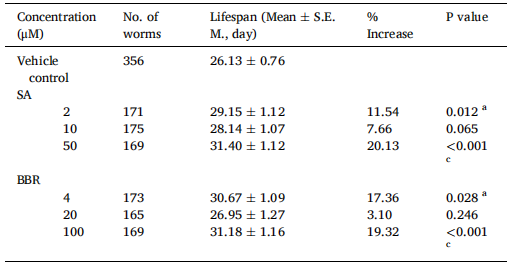
Table 1. Mean lifespan of the two treatment group.
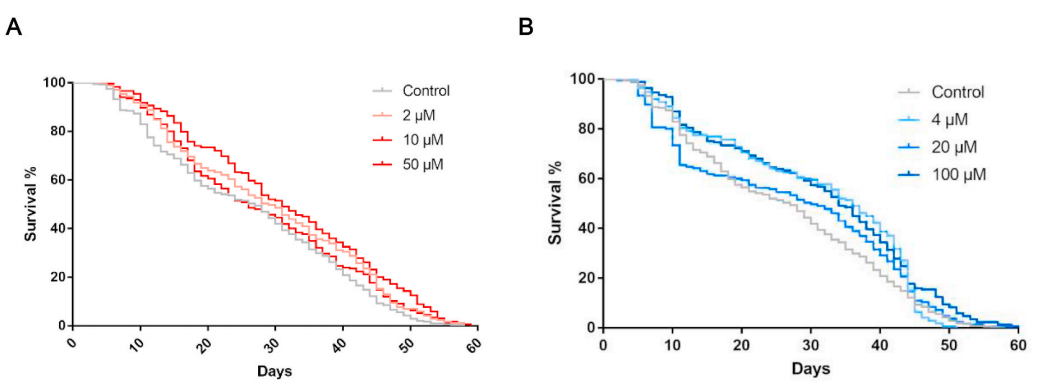
Figure 1. Survival curve of worms treated with SA(A) and BBR(B).
Next up, the research team evaluated a series of biomarkers related to aging and healthspan such as body bending, head thrashes, pharyngeal pumping rate (PPR), and brood sizes. Among them, it was observed that the body bending rate was enhanced by SA treatment (Figure 2). The motility of the wild-type N2 nematodes gradually decreases during aging process. Generally, enhanced motility was generally considered as an indication of decelerated senescence and improved healthspan. It should be noted that SA and BBR had no significant effect on nematode food intake and reproductive function.
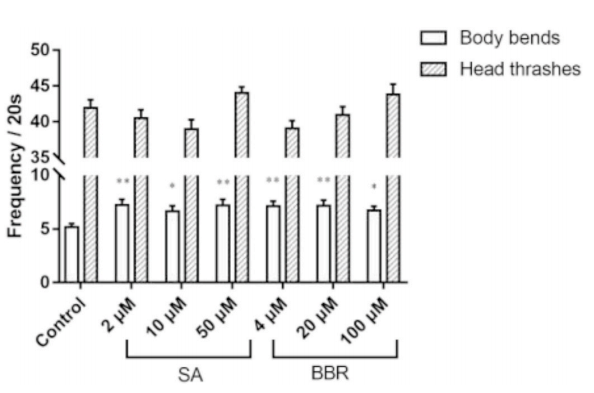
Figure 2. Evaluation of body bending rate showed improvement by SA and BBR.
Analysis on oxidation related compounds also showed promising benefits of SA. We know from past study that, despite the life-extending effect, BBR would up-regulate the level of lipofuscin and intracellular ROS accumulation. Fluorescence intensity correlated with the accumulations of lipofuscin and ROS in the nematodes. The results of the fluorescence treatment showed that, unlike what happened in the groups treated with BBR, the accumulation of lipofuscin and metabolic ROS decreased significantly in worms with a 5-day SA treatment (Figure 3-4). Hence, the researchers now are able to pin-point specific areas where SA treatment has shown improvements and that leads to a deeper dive into the cellular mechanisms.
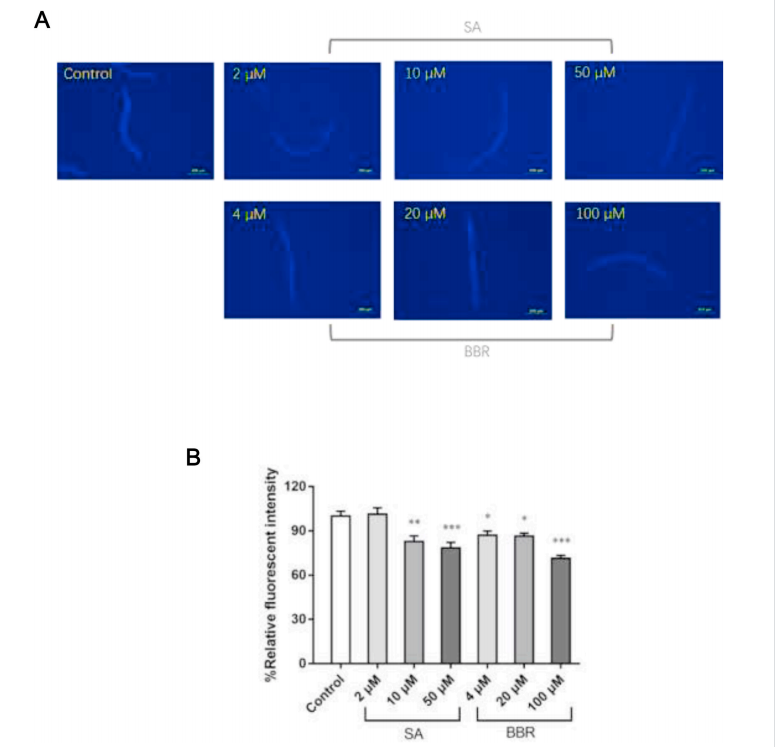
Figure 3. The fluorescent intensity showed a decreased lipofuscin accumulation upon SA treatment.
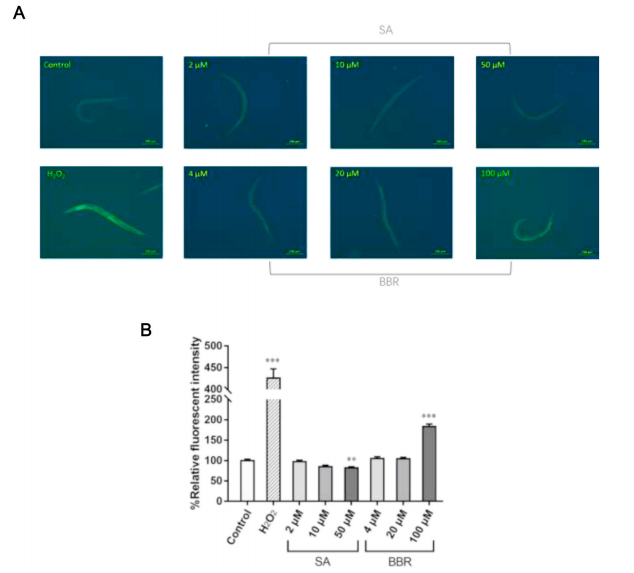
Figure 4. The fluorescent intensity showed a decreased ROS accumulation upon SA treatment.
The researchers tested out the expressions of several aging-related genes to seek the pathways through which SA works. IIS is a classic and highly conserved signalling pathway regulating the aging process. The team tested out the expression level of several genes in the IIS pathway, including daf-2, daf-16, daf-18 via RT-qPCR. It seems that the expression level of daf-16 and daf-18 genes were up-regulated upon SA treatment (Figure 5).
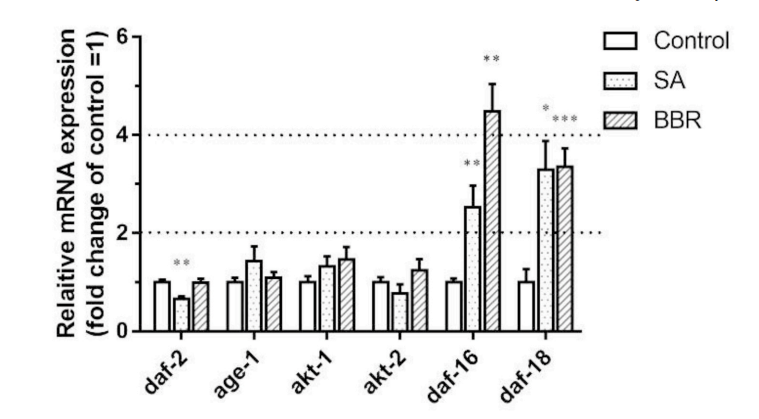
Figure 5. Determination of gene expression level via RT-qPCR.
Keeping probing, the researchers employed a daf-16 null mutant strain (CF1038), and did another round of lifespan assay. As expected, the previously observed lifespan-extending effect by SA was abolished (Figure 6). From this, they were able to conclude that SA works via a mechanism with some interaction with the daf-16 gene. Last but not least, another improvement observed in worm performance was thermotolerance. The SA treated group was found to have increased resistance toward heat stress, and the potential underlying mechanism was through the up-regulation of hsp-90 (heat shock protein) gene.
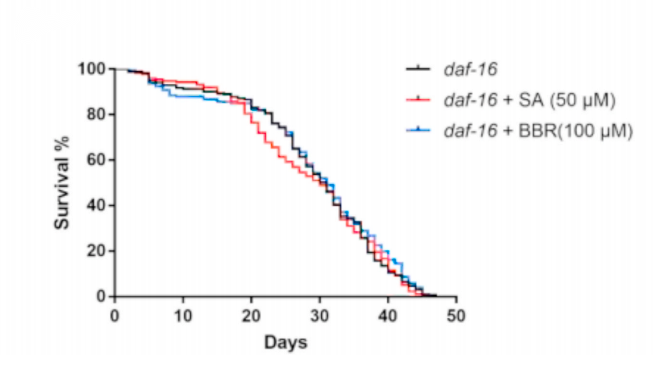
Figure 6. Lifespan assays with a daf-16 mutant strain showed abolished SA effect.
The mysteries of Chinese herbal medicine are being uncovered. The accumulated knowledge passed down through generations is now being given a refreshed examination. The scientific investigation allowed us to look deeper and provide a better resolution. As we can glimpse from this study, the scholars showcased the anti-aging potentials of SA via experiments on C. elegans. SA may be a promising candidate for an anti-aging agent and it was a promising start.
Reference:
Zhao J, Zhu A, Sun Y, Zhang W, Zhang T, Gao Y, Shan D, Wang S, Li G, Zeng K, Wang Q. Beneficial effects of sappanone A on lifespan and thermotolerance in Caenorhabditis elegans. Eur J Pharmacol. 2020 Dec 5;888:173558. doi: 10.1016/j.ejphar.2020.173558. Epub 2020 Sep 14. PMID: 32941928.









